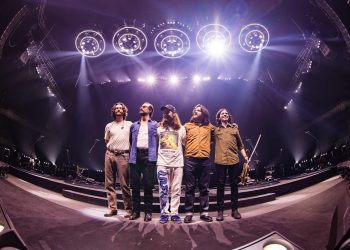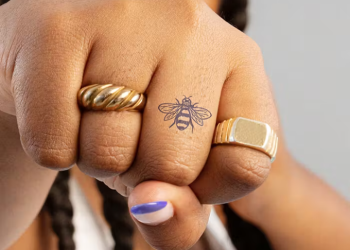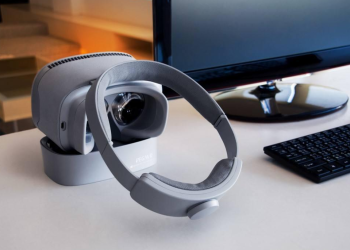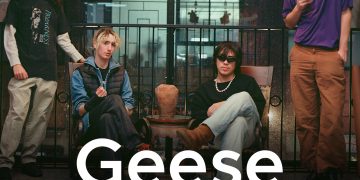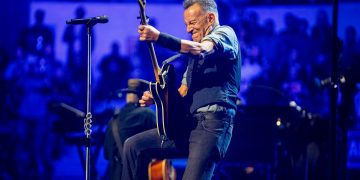Introduction to Digital Art and Social Media
In today’s digital age, the intersection of art and social media has revolutionized the way we create, share, and consume art. Digital art, once considered a niche form of expression, has gained widespread popularity and accessibility thanks to the power of social media platforms.
The Evolution of Digital Art
Digital art has come a long way since its inception, evolving from simple pixel drawings to sophisticated 3D renderings and interactive installations. Advances in technology have expanded the possibilities for artistic expression, allowing artists to experiment with new mediums and techniques.
The Impact of Social Media on Digital Art
Social media platforms such as Instagram, Twitter, and TikTok have played a pivotal role in the proliferation of digital art. These platforms provide artists with a global audience and instant feedback, enabling them to showcase their work to millions of users around the world.
Online Art Communities
Online art communities, including forums, galleries, and artist collectives, serve as hubs for digital artists to connect, collaborate, and share their work. These communities provide valuable resources, support, and networking opportunities for artists at all levels of expertise.
Challenges in the Online Art Community
Despite its many benefits, navigating the online art community comes with its own set of challenges. Competition can be fierce, algorithms may favor certain types of content, and artists may struggle to stand out in a crowded digital landscape.
Opportunities for Exposure and Recognition
Social media offers unparalleled opportunities for exposure and recognition for digital artists. A well-curated social media presence can attract followers, garner likes and shares, and even catch the attention of galleries, brands, and potential clients.
Building a Personal Brand
Building a strong personal brand is essential for digital artists looking to establish their presence in the online art community. This involves defining your unique style, creating consistent and engaging content, and cultivating a distinct identity that resonates with your audience.
Engaging with Your Audience
Engaging with your audience is key to fostering a loyal following and building meaningful connections online. Responding to comments, hosting Q&A sessions, and sharing behind-the-scenes glimpses of your creative process can help create a sense of intimacy and authenticity with your followers.
Collaboration and Networking
Collaboration and networking are vital aspects of success in the online art community. By collaborating with other artists, participating in group projects, and attending virtual events and meetups, digital artists can expand their reach, learn from others, and forge valuable connections.
Monetization Strategies
Monetizing your digital art is possible through various avenues, including selling prints, offering commissions, licensing your work for merchandise, and crowdfunding through platforms like Patreon. Diversifying your income streams can help sustain your artistic practice and turn your passion into a sustainable career.
Ethical Considerations
Ethical considerations such as copyright infringement and plagiarism are important considerations for digital artists. Respecting the intellectual property rights of others, properly attributing sources, and obtaining permission before using copyrighted material are essential practices for maintaining integrity in the online art community.
Mental Health and Well-being
Navigating the pressures of social media can take a toll on mental health and well-being. It’s important for digital artists to prioritize self-care, set boundaries, and seek support when needed to maintain a healthy balance between their online presence and their personal well-being.
Tips for Success
To succeed in the age of social media, digital artists should focus on authenticity, consistency, and engagement. By staying true to their artistic vision, posting regularly, and actively engaging with their audience, artists can build a loyal following and thrive in the online art community.
Future Trends and Implications
Looking ahead, the future of digital art and the online art community is bright. As technology continues to evolve, new mediums, platforms, and opportunities for artistic expression will emerge, reshaping the landscape of the art world and democratizing access to art for all.
Conclusion
In conclusion, navigating the online art community in the age of social media presents both challenges and opportunities for digital artists. By leveraging the power of social media, building a strong personal brand, engaging with their audience, and staying true to their artistic vision, digital artists can carve out their niche in the digital landscape and make their mark on the world.

FAQs After The Conclusion:
- How can I get noticed as a digital artist on social media?Getting noticed as a digital artist on social media requires consistency, authenticity, and engagement. Post regularly, showcase your unique style, interact with your audience, and participate in online art communities to increase your visibility and attract followers.
- Are there any specific social media platforms that are best for digital artists?While Instagram is popular among visual artists for its visual-centric nature, platforms like Twitter, TikTok, and Pinterest also offer opportunities for digital artists to showcase their work and connect with their audience. Experiment with different platforms to find the ones that best suit your style and goals.
- How can I protect my digital art from being stolen or copied online?To protect your digital art from being stolen or copied online, consider watermarking your images, using copyright notices, and monitoring your work regularly. You can also use digital rights management (DRM) tools and consider registering your artwork with copyright offices for added protection.
- What are some ways to monetize my digital art online?There are several ways to monetize your digital art online, including selling prints, offering commissions, licensing your work for merchandise, and crowdfunding through platforms like Patreon. Explore different avenues to find the ones that align with your artistic practice and goals.
- How important is it to engage with my audience on social media?Engaging with your audience on social media is crucial for building a loyal following and fostering meaningful connections. Respond to comments, messages, and questions, share behind-the-scenes glimpses of your creative process, and actively participate in conversations within your community to strengthen your relationship with your audience.
- What should I do if I encounter negativity or criticism online?Negativity and criticism are unfortunately common in online spaces, but it’s important not to let them discourage you. Focus on constructive feedback, ignore trolls and haters, and remember that everyone experiences setbacks and challenges on their creative journey. Surround yourself with supportive peers and mentors who uplift and inspire you.
- How can I stay motivated and inspired as a digital artist?Staying motivated and inspired as a digital artist requires finding sources of inspiration, setting achievable goals, and maintaining a healthy work-life balance. Take breaks when needed, seek inspiration from other artists and creative outlets, and remember to celebrate your successes along the way.
- What are some resources for learning new digital art techniques and skills?There are countless resources available online for learning new digital art techniques and skills, including tutorials, courses, workshops, and online communities. Websites like Skillshare, Udemy, and YouTube offer a wealth of educational content tailored to artists of all skill levels and interests.


